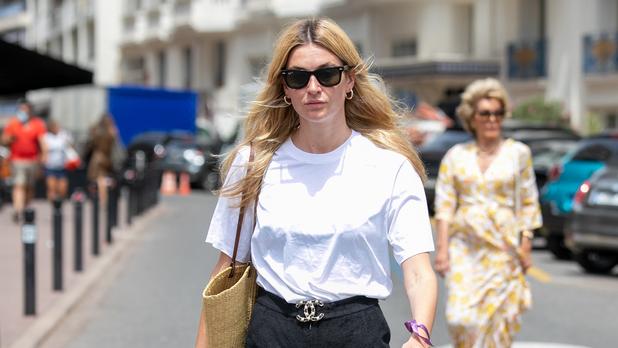
That's why, because of what it symbolizes, right now white t-shirts are being sold at Zara and Balenciaga. Five euros and more than 600. And they are not the same garment nor do they say the same thing about whoever wears it.
Spending a lot on something so basic is an act of absolute identification with the brand that designs it. Aesthetics aside, its values, what it represents, its way of doing things and seeing the world are impregnated in that logo, whether it is more or less visible. What is not so easy is to know what is behind a price: Is it expensive because it is good or because it is exclusive? Is expensive synonymous with fair... and better? Is cheap necessarily unfair? What price ensures that things are being done right?
“While the word ‘expensive’ is subjective, the price of fabric, thread, pattern making, machinery, and other expenses are not. The cost of human labor should not be negotiable either, but many times it is the people who sacrifice for the profit margin. Less than 2% of garment workers globally earn a living wage. When we buy a five-euro dress from a fast fashion brand, it's not cheap by magic, it's cheap because someone is paying a price,” Lauren Bravo recently published in The Independent. Hence, yes, a sustainable shirt with the environment and respectful of those who work to make it (decent wages and adequate working conditions) will always necessarily be more expensive.

However, as more and more voices point out, it is curious that the price of a T-shirt catches our attention when it is exorbitantly upwards and not when it is derisory downwards. If we take into account what it costs to produce a white T-shirt, the money for one signed by Loro Piana with a label of €810 should sound so scandalous to us (it is sold on MyTheresa and, in its defense, we will say that it is made from 55% silk). like the €2.99 that C&A marks (in a certified organic cotton garment). In a recent article published in The Telegraph, journalist Lisa Armstrong wondered what the difference is between good value for money and a bargain for which someone else pays the price.